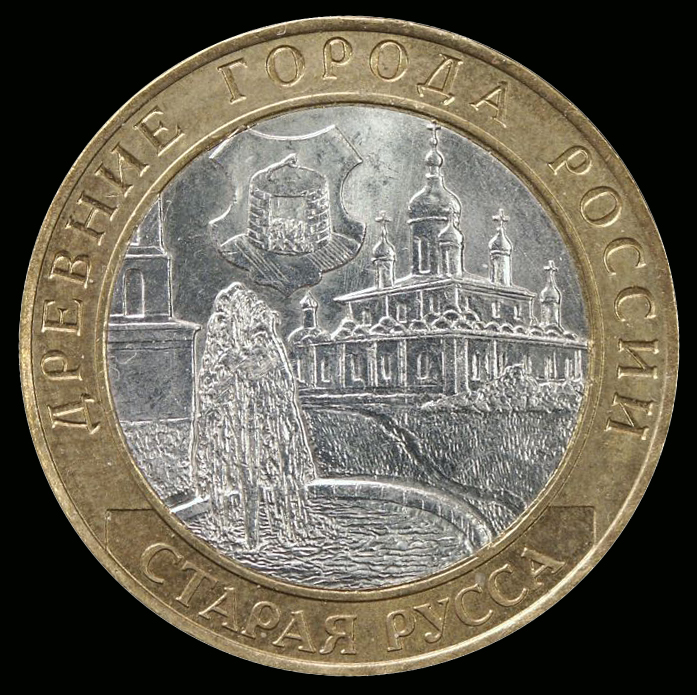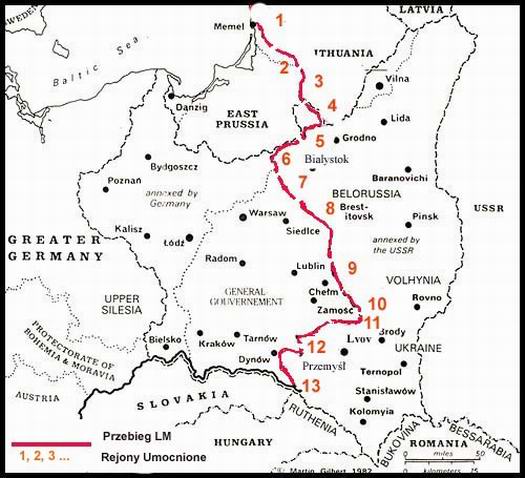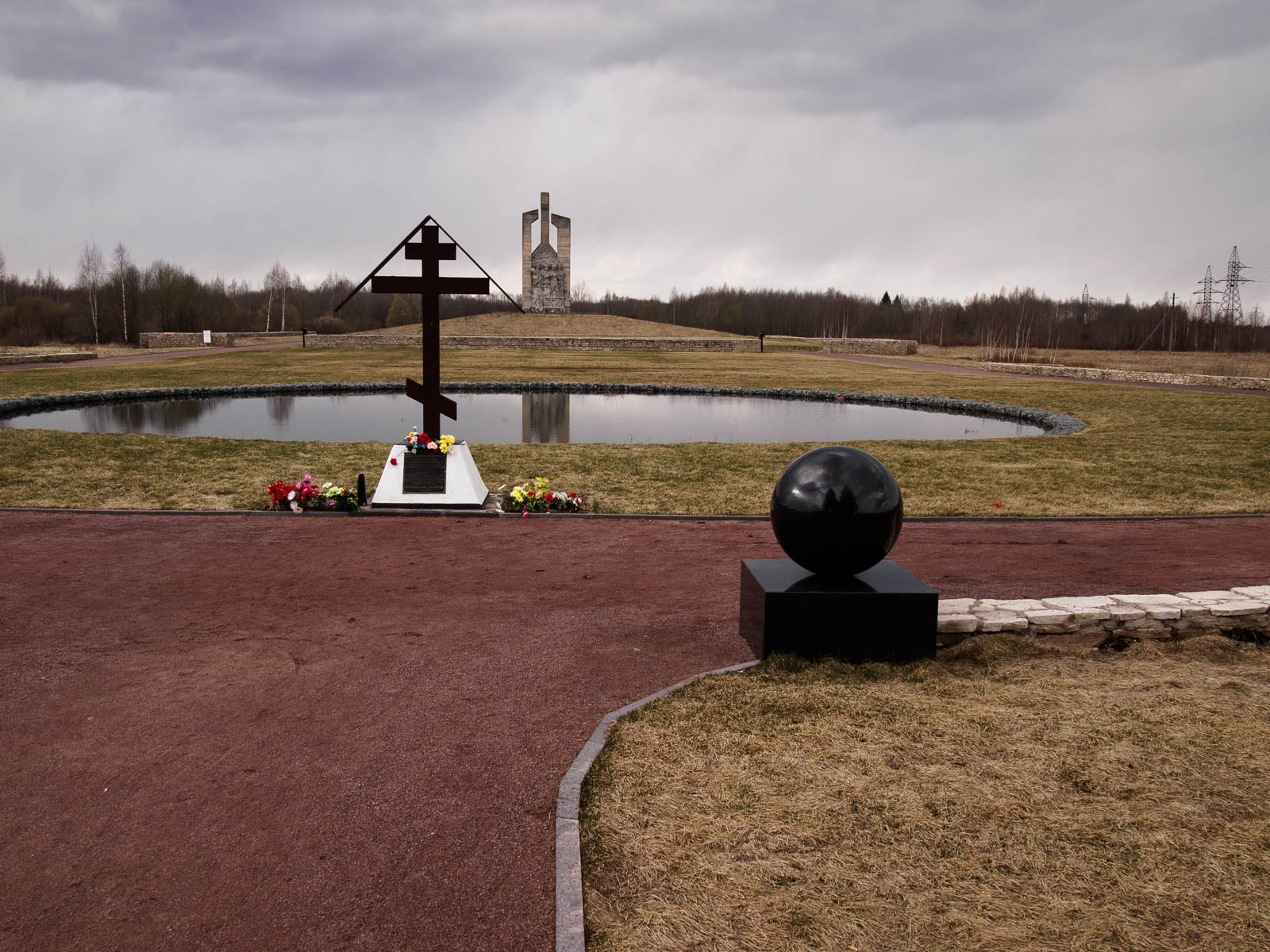|
M. K. Puteiko
Mikhail Konstantinovich Puteiko (; 8 November 1913 – 21 April 1945) was a Belarusian Red Army major general killed in action during World War II. After briefly working as a mechanic in his youth, Puteiko entered the Red Army in 1934 and graduated from an officer training school. By the beginning of Operation Barbarossa, he served with the 180th Rifle Division, with which he fought as part of the Northwestern Front until late 1941. Puteiko spent the next several months in army-level staff positions and briefly commanded a regiment of the 254th Rifle Division. After becoming chief of staff of the latter in mid-1942, he commanded the division from November 1943, leading it in the Second Jassy–Kishinev Offensive, the Sandomierz–Silesian Offensive, and the Berlin Offensive. In the final weeks of the war, Puteiko was mortally wounded during the Battle of Bautzen. At the time of his death, he was one of the youngest generals of the Red Army. Early life and prewar service Putei ... [...More Info...] [...Related Items...] OR: [Wikipedia] [Google] [Baidu] |
Battle Of Bautzen (1945)
The Battle of Bautzen (or Battle of Budziszyn, April 1945) was one of the last battles of the Eastern Front during World War II. It was fought on the extreme southern flank of the Spremberg-Torgau Offensive, seeing days of pitched street fighting between forces of the Polish Second Army under elements of the Soviet 52nd Army and 5th Guards Army on one side and elements of German Army Group Center in the form of the remnants of the 4th Panzer and 17th armies on the other. The battle took place during Ivan Konev's 1st Ukrainian Front's push toward Berlin, which was part of the larger Soviet Berlin Offensive. The battle was fought in the town of Bautzen ( hsb, Budyšin) ( pl, Budziszyn) and the rural areas to the northeast situated primarily along the Bautzen–Niesky line. Major combat began on 21 April 1945 and continued until 26 April, although isolated engagements continued to take place until 30 April. The Polish Second Army under Karol Świerczewski suffered heavy los ... [...More Info...] [...Related Items...] OR: [Wikipedia] [Google] [Baidu] |
Staraya Russa
Staraya Russa ( rus, Старая Русса, p=ˈstarəjə ˈrusːə) is a town in Novgorod Oblast, Russia, located on the Polist River, south of Veliky Novgorod, the administrative center of the oblast. Its population has steadily decreased over the past years, going from 41,538 recorded in the 1989 Census to 35,511 in the 2002 Census to 31,809 in the 2010 Census. Etymology The origin of the name of Staraya Russa is unclear. The most involved and widespread hypothesis was presented by philologists and linguists R. A. Akheyeva, V. L. Vasilyev, and M.V. Gorbanevsky. According to this hypothesis, ''Russa'' comes from Rus'—a Slavic people, who settled in the vicinity to control trade routes leading from Novgorod to Polotsk and Kiev—which, in turn, is usually thought to originate from an Old Norse term for "the men who row" (''rods-'') as rowing was the main method of navigating the rivers of Eastern Europe, and that it could be linked to the Swedish coastal ... [...More Info...] [...Related Items...] OR: [Wikipedia] [Google] [Baidu] |
Soltsy
Soltsy (russian: Сольцы́) is a town and the administrative center of Soletsky District in Novgorod Oblast, Russia, located on the left bank of the Shelon River, southwest of Veliky Novgorod, the administrative center of the oblast. Population: History Soltsy, whose name owes to the nearby salt water springs, was first mentioned in a chronicle in 1390 and in the following played an important role as an intermediate station on the trade route connecting Novgorod and Pskov. In 1471, the Battle of Shelon between Muscovite forces led by Ivan III and the army of the Novgorod Republic took place near Soltsy, which marked the end of political independence of the Novgorod Republic. Soltsy eventually became a part of the Moscow State. In the course of the administrative reform carried out in 1708 by Peter the Great, the territory was included into Ingermanland Governorate (known since 1710 as Saint Petersburg Governorate). In 1727, separate Novgorod Governorate was split off ... [...More Info...] [...Related Items...] OR: [Wikipedia] [Google] [Baidu] |
Senior Lieutenant
Senior lieutenant is a military grade between a lieutenant and a captain, often used by countries from the former Eastern Bloc. It is comparable to first lieutenant. Finland ( sv, premiärlöjtnant) is a Finnish military rank above ( sv, löjtnant) and below ( sv, kapten). It is used in the Finnish Defence Forces (army, navy and air force) and the Finnish Border Guard. The prescribed duty is a company vice-commander. Officers who have graduated as Bachelors of Military Science from the National Defence College with the rank of usually re-enter the college after four years' tour of duty. After a study of two additional years, they are promoted and return to more challenging duties. is also the highest rank available to those educated in the now-decommissioned school (comparable to a military junior college). History and related ranks The Army of the Finnish Grand Duchy of the Russian Empire had a rank of , similar in use as Prussian and Russian . The rank of came to Fi ... [...More Info...] [...Related Items...] OR: [Wikipedia] [Google] [Baidu] |
Novgorod
Veliky Novgorod ( rus, links=no, Великий Новгород, t=Great Newtown, p=vʲɪˈlʲikʲɪj ˈnovɡərət), also known as just Novgorod (), is the largest city and administrative centre of Novgorod Oblast, Russia. It is one of the oldest cities in Russia, being first mentioned in the 9th century. The city lies along the Volkhov River just downstream from its outflow from Lake Ilmen and is situated on the M10 federal highway connecting Moscow and Saint Petersburg. UNESCO recognized Novgorod as a World Heritage Site in 1992. The city has a population of At its peak during the 14th century, the city was the capital of the Novgorod Republic and was one of Europe's largest cities. The "Veliky" ("great") part was added to the city's name in 1999. History Early developments The Sofia First Chronicle makes initial mention of it in 859, while the Novgorod First Chronicle first mentions it in 862, when it was purportedly already a major Baltics-to- Byzantium station on t ... [...More Info...] [...Related Items...] OR: [Wikipedia] [Google] [Baidu] |
Fortified District
A fortified district or fortified region (russian: Укреплённый район, Укрепрайон, ukreplyonny raion, ukrepraion) in the military terminology of the Soviet Union, is a territory within which a complex system of defense fortifications was engineered. Each fortified district consisted of a large number of concrete bunkers (pillboxes) armed with machineguns, antitank guns and artillery. The bunkers were built in groups for mutual support, each group forming a centre of resistance. The area in between was filled with various barriers and obstacles, as well as mine fields. A dedicated military unit (Fortified district troops) was permanently assigned to man each region. The concept of ''ukrepraions'' was developed during the Russian Civil War, when large territories were to be defended by relatively sparse military force. The first military units named so appeared in 1923. In 1928 the program for the construction of the comprehensive system of fortified dis ... [...More Info...] [...Related Items...] OR: [Wikipedia] [Google] [Baidu] |
11th Army (Soviet Union)
The 11th Army was an army of the Red Army, formed four times. The first formation was a unit of the then newly created Soviet armed forces. It was formed by the Bolsheviks on October 3, 1918, from the Red Northern Caucasus Army. In February 1919 it was dissolved and was again deployed in March 1919 as a subdivision of the Caspian-Caucasian Front. It took a prominent part in the sovietization of the three republics of the southern Caucasus in 1920–21, when Azerbaijan, Armenia, and Georgia were brought within the orbit of Soviet Russia. In 1939 the 11th Army (2nd formation) was formed in the Belarusian Special Military District (BSMD) from the former Minsk Army Group. It fought in the Soviet invasion of Poland, the Baltic Operation, the Demyansk Pocket, and the Battle of Kursk. The army disbanded in December 1943. Russian Civil War World War Two In 1939 the 11th Army (2nd formation) was formed in the Belarusian Special Military District (BSMD) from the former Minsk Army Gro ... [...More Info...] [...Related Items...] OR: [Wikipedia] [Google] [Baidu] |
27th Army (Soviet Union)
The 27th Army was a field army of the Soviet Union's Red Army, which fought in World War II. First formation The 27th Army was formed in May 1941, under the command of Major General Nikolai Berzarin. On 22 June 1941 it consisted of the 22nd and 24th Territorial Rifle Corps, the 16th and 67th Rifle Divisions, 3rd Separate Rifle Brigade, two artillery regiments, and two anti-tank regiments. It became part of the Northwestern Front on the outbreak of Operation Barbarossa, fighting in the Soviet defense of the Baltic, known in Soviet historiography as the Baltic Strategic Defensive Operation. From June to October 1941 the 27th Army fought on the Dvina River, during the Staraya Russa Offensive, and at Kholm and Demyansk. By 1 November 1941 the army's forces had been reduced to the 23rd and 33rd Rifle Divisions, the 613th Artillery Regiment of the Reserve of the Supreme High Command (RVGK), the 28th Tank Division, and three Battalions of engineers. In December 1941 the first ... [...More Info...] [...Related Items...] OR: [Wikipedia] [Google] [Baidu] |
Porkhov
Porkhov (russian: По́рхов) is a town and the administrative center of Porkhovsky District in Pskov Oblast, Russia, located on the Shelon River, east of Pskov, the administrative center of the oblast. Population: History The fortress of Porkhov is believed to have been founded in 1239 by Alexander Nevsky. The timber fortress was sacked by Algirdas (Olgierd) in 1356 and fell in flames in 1387. The Novgorod Republic immediately rebuilt its fortifications in limestone downstream. In 1428, Grand Duke of Lithuania Vytautas destroyed the western wall by artillery fire and entered Porkhov. Two years later, the Novgorodians augmented the fortress and rebuilt its walls. After the fall of Novgorod to the Muscovites in 1478, the fortress lost its military importance. Porkhov was the second most important town of Shelon Pyatina, after Russa. It was not, however, a significant economical center—there were only seventy-six homesteads there in the 15th century and almost all of t ... [...More Info...] [...Related Items...] OR: [Wikipedia] [Google] [Baidu] |
Baltic Special Military District
Baltic may refer to: Peoples and languages *Baltic languages, a subfamily of Indo-European languages, including Lithuanian, Latvian and extinct Old Prussian *Balts (or Baltic peoples), ethnic groups speaking the Baltic languages and/or originating from the Baltic countries *Baltic Germans, historical ethnic German minority in Latvia and Estonia *Baltic Finnic peoples, the Finnic peoples historically inhabiting the area on the northeastern side of the Baltic sea Places Northern Europe * Baltic Sea, in Europe * Baltic region, an ambiguous term referring to the general area surrounding the Baltic Sea * Baltic states (also Baltic countries, Baltic nations, Baltics), a geopolitical term, currently referring to Estonia, Latvia and Lithuania * Baltic Provinces or governorates, former parts of the Swedish Empire and then Russian Empire (in modern Latvia, Estonia) * Baltic Shield, the exposed Precambrian northwest segment of the East European Craton * Baltic Plate, an ancient tectonic pl ... [...More Info...] [...Related Items...] OR: [Wikipedia] [Google] [Baidu] |





